Container experiment
User
17 years ago
Related Stories

LIFEThe Good House: An Experience to Remember
A home that enriches us is more than something we own. It invites meaningful experiences and connections
Full Story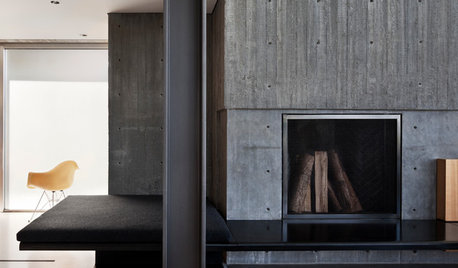
DESIGN PRACTICEDesign Practice: How to Ensure the Best Client Experience
Pro to pro: Learn about standard procedures to make clients happy and things easier on you
Full Story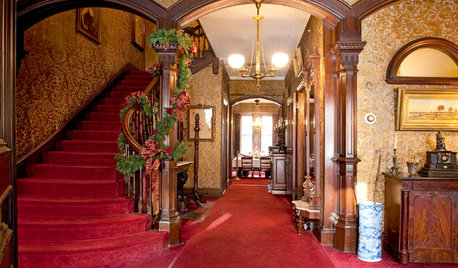
HOLIDAY HOME TOURSExperience a Victorian Christmas at the Gibson House
Step back in time into the extravagant and carefully preserved Boston residence of a wealthy widow, decorated elegantly for the holidays
Full Story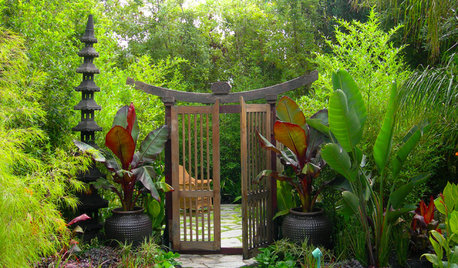
CONTAINER GARDENS10 Ways to Take Containers Beyond the Patio
Enliven your landscape with pots and containers
Full Story
CONTAINER GARDENS3 Steps to Creating Quick, Easy and Colorful Succulent Containers
Take a bright container, add a colorful succulent or two and have a professional, summery design in minutes
Full Story
PLANTING IDEASStretch the Budget, Seasons and Style: Add Conifers to Your Containers
Small, low-maintenance conifers are a boon for mixed containers — and you can transplant them to your garden when they’ve outgrown the pot
Full Story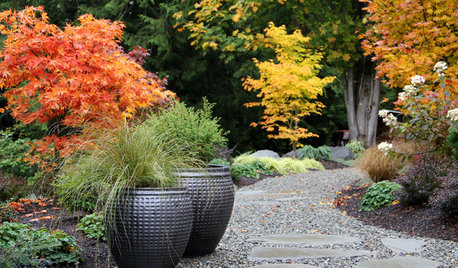
CONTAINER GARDENS9 Tips for Creating an Artful Container Garden
Make your potted plantings a beautiful sight with these ideas for container types, plant groupings and more
Full Story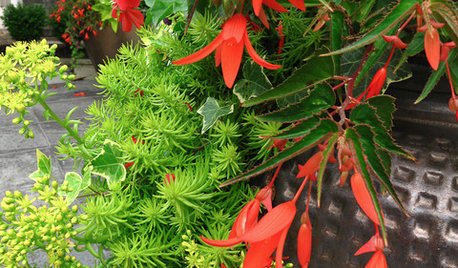
GARDENING GUIDESSuperstar Annuals for Containers and Baskets
High performing, low maintenance and all-around gorgeous, these container plants go the distance while you sit back and relax
Full Story
FARM YOUR YARDHow to Grow Vegetables in Containers
Get glorious vegetables and fruits on your patio with a pro’s guidance — including his personal recipe for potting mix
Full Story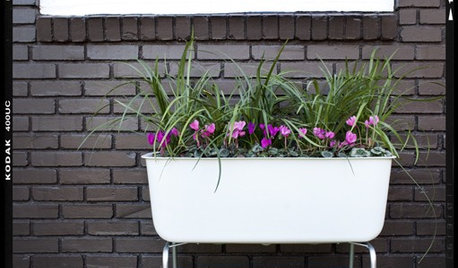
GARDENING AND LANDSCAPINGDIY Project: Mobile Container Garden
Get your garden going anywhere with a planter on wheels
Full StorySponsored
Industry Leading Interior Designers & Decorators in Franklin County




oakhill (zone 9A, Calif.)
gardenerwantabe
Related Discussions
self watering container experience
Q
Check out my container garden experiment!
Q
Zucchini Death
Q
Clear tube in Self Watering Container experiment
Q
UserOriginal Author
Karen Pease
gardenerwantabe
UserOriginal Author
birdwidow
UserOriginal Author
jimmydo2
nathanhurst
jimmydo2
birdwidow
jimmydo2
UserOriginal Author
gw:plant_babies
nathanhurst
jimmydo2
UserOriginal Author
chris_in_iowa
jimmydo2
nathanhurst
gardenerwantabe
jimmydo2
ironhat2
nathanhurst
Karen Pease
nathanhurst
chris_in_iowa
ironhat2
chris_in_iowa
nathanhurst
chris_in_iowa
jimmydo2
nathanhurst
gardenerwantabe
jimmydo2
nathanhurst
gardenerwantabe
jimmydo2
nathanhurst
jimmydo2
jimmydo2
nathanhurst
jimmydo2